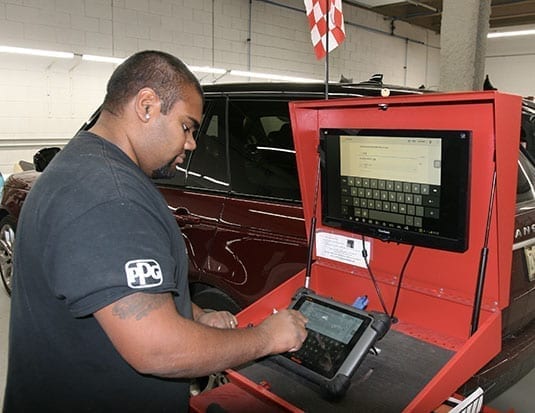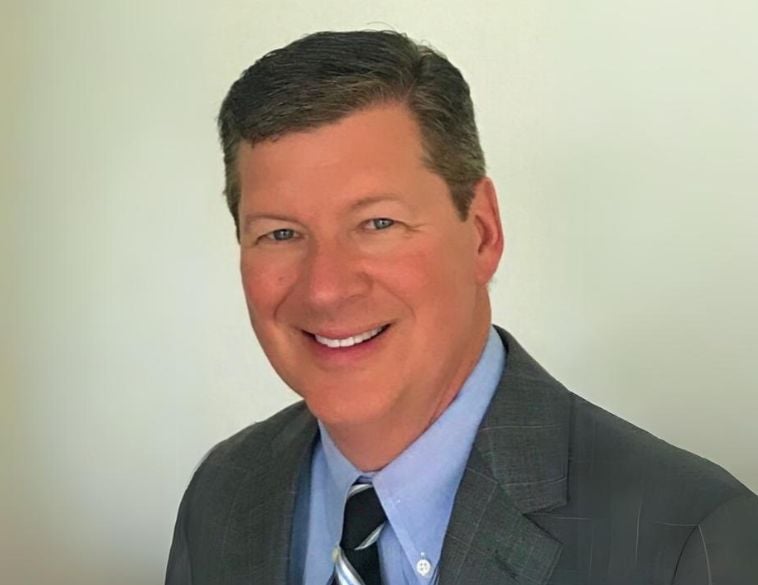Getting the money message out.
How can insurance companies better understand what it costs to repair cars? In the past two years alone, there has been a huge increase in parts costs and how many parts we have to replace per claim.
As everyone knows, we have to repair cars to manufacturer procedures and standards. Manufacturers are simply building the cars the public wants, with the latest technology and the lowest weight, for the best gas mileage. And there are features like radar, side-impact airbags, and numerous electronic features. All that costs thousands of dollars to replace when they get bumped in an accident.
As we witnessed in British Columbia last year, insurers are finding the rates of insuring a car are so high, they’re increasing rates to cover the cost of parts.
Eroded profit margins
These days, cars are harder to repair. In fact, you can’t really repair parts, just replace them. The materials, the composition of the parts and how thin and light they are have been developed specifically to help fuel economy. Less and less of the judgment time on estimating platforms is even in our hands. These new cars with their complicated systems require very skilled technicians who demand high wages. Over the past six years, our profit margins have eroded, with no increase in wages from the insurance companies, either.
So what happens? The cost of repairs goes up substantially, and in turn, the public needs to buck up the difference when they pay for car insurance—it’s just the cost of doing business.
Manufacturers need to talk to insurers and vice versa so they understand what’s going on. In order for shops to fix cars properly, we have to follow manufacturer repair procedures using parts that are safe or better than what the vehicle had on it. And all those parts and materials that are needed to do the job properly cost a lot more than they ever did in the past.
So the insurers have to cover these cars, and they’re losing money. It’s not their fault; it’s a fact of life. And to keep rates down to be competitive, the insurance companies are trying not to increase rates— but then they’re putting the burden on body shops.
Communication
When we have to provide the insurance companies with the information to fix cars properly, it creates more work for us. We’ve had to hire more people in the front office, which raises our fixed costs to basically make sure that we’re fixing cars correctly and justifying that repair procedure to the insurance company.
Quite simply, the insurance companies need to understand why it costs more to fix cars. They need to educate themselves, and understand that rates need to increase to the public to be able to pay for proper repairs.
The public also has to be educated. Here in B.C., the Automotive Retailers Association has been focusing on communication—trying to inform the public about the safety aspect of cars being repaired correctly. The chairman and board of directors are developing a strategy on how the industry can talk to the public and provide informed education on these issues.
Let’s face it, people love their cars, and they want them to be perfect. We can help them understand how that happens in a way that’s safe and in everyone’s interest—but like everything else, it’s going to cost.



